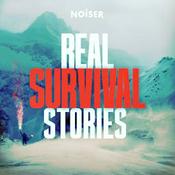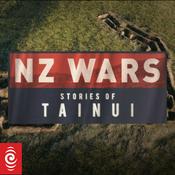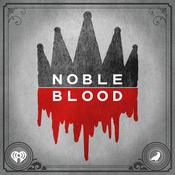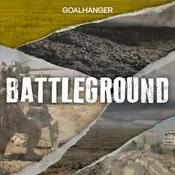Available Episodes
1 of 1
- The Battle of RuapekapekaAs relations between Māori and Pākehā sour in the years after the Treaty of Waitangi, Hone Heke makes his famous attacks on the flagstaff at Kororāreka/Russell in 1845. This sparks the NZ Wars proper, with the fight for sovereignty, development of trench warfare and inconclusive battles that would mark the conflict as it spread across the motu. Watch the video documentary here.By William RayA beginning and an end. A battle with no victor. A pā built to fend off a superpower - defended, then abandoned.The Battle of Ruapekapeka is a tale of unanswered questions but 172 years on, what's clear is the importance of the Northern Wars and the impact they still have in Northland today. To help understand that impact, this podcast looks for answers to some of those key questions.How were Māori able to adapt to gunpowder weapons so quickly? Where did Kawiti get his inspiration for the revolutionary pā and how did he survive 10 days of British bombardment? Was this really the invention of trench warfare?The Battle for Ruapekapeka contains a host of mysteries. For one, nobody knows for sure where Ngati Hine chief Te Ruki Kawiti got his inspiration for the revolutionary design of the pā.Some historians suggest the deep trenches and artillery bunkers dug inside the pā could be an evolution from earlier designs used in the Musket Wars."The Musket Wars from the 1810s to the 1830s brought a huge evolution in how māori fought," says Ministry of Culture and Heritage historian David Green. "Traditional pā were changed quite markedly in that period so they would resist musket fire and even artillery because artillery was used by many iwi during the Musket Wars."Some of those earlier innovations included building thick palisades and covering whare inside the pā with earth. Kawiti was a veteran of the Musket Wars and would have seen how these designs performed in battle first-hand.Ngāpuhi oral traditions have other explanations.According to one story, Kawiti was hunting for tuna (eel) and took inspiration for Ruapekapeka (translated as 'bat's nest') from how the animals hid in tunnels under the riverbanks.Ruapekapeka Trust Chair Peeni Henare, a descendant of Kawiti, says others have more mystical explanations."When I grew up our tupuna always talked to us about astral-travel and how our ancestor were able to do that, travel to distant places 'a wairua' - in spirit," Henare says." clearly saw something in a world that we didn't see, that we didn't know. He was able to have an out of body experience to be able to coordinate exactly what went on here."…Go to this episode on rnz.co.nz for more details--------47:58
More History podcasts
Trending History podcasts
About NZ Wars: The Stories of Ruapekapeka
Highlighting Northland's most infamous armed conflict.
Podcast websiteListen to NZ Wars: The Stories of Ruapekapeka, The Rest Is History and many other podcasts from around the world with the radio.net app
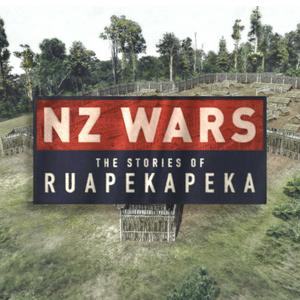
Get the free radio.net app
- Stations and podcasts to bookmark
- Stream via Wi-Fi or Bluetooth
- Supports Carplay & Android Auto
- Many other app features
Get the free radio.net app
- Stations and podcasts to bookmark
- Stream via Wi-Fi or Bluetooth
- Supports Carplay & Android Auto
- Many other app features


NZ Wars: The Stories of Ruapekapeka
Scan code,
download the app,
start listening.
download the app,
start listening.



